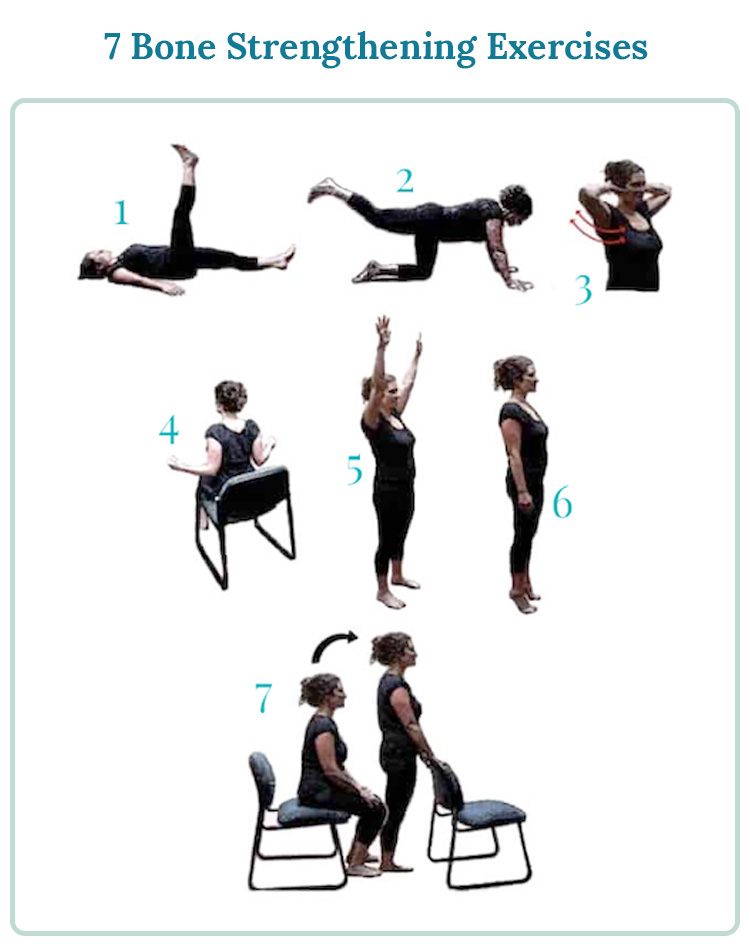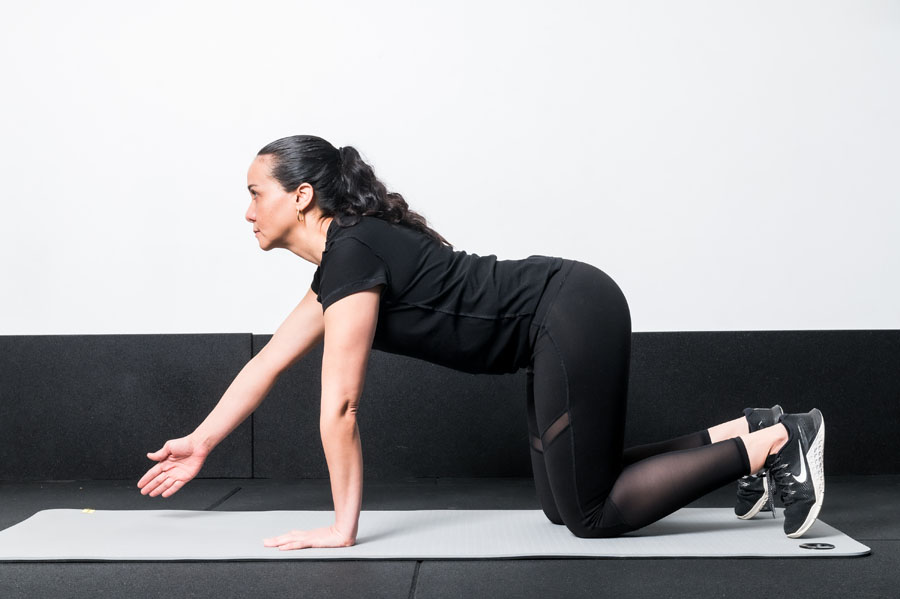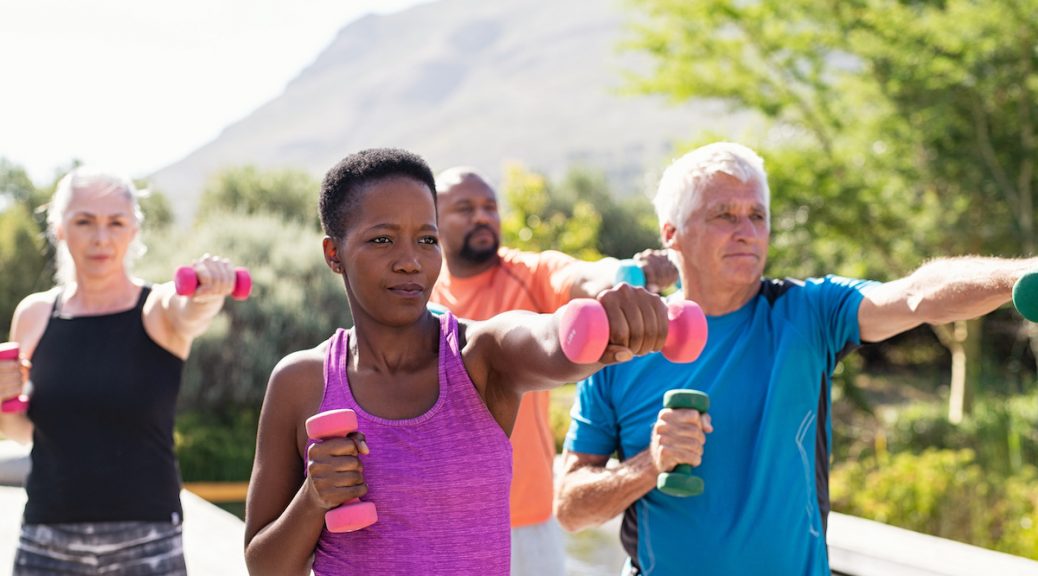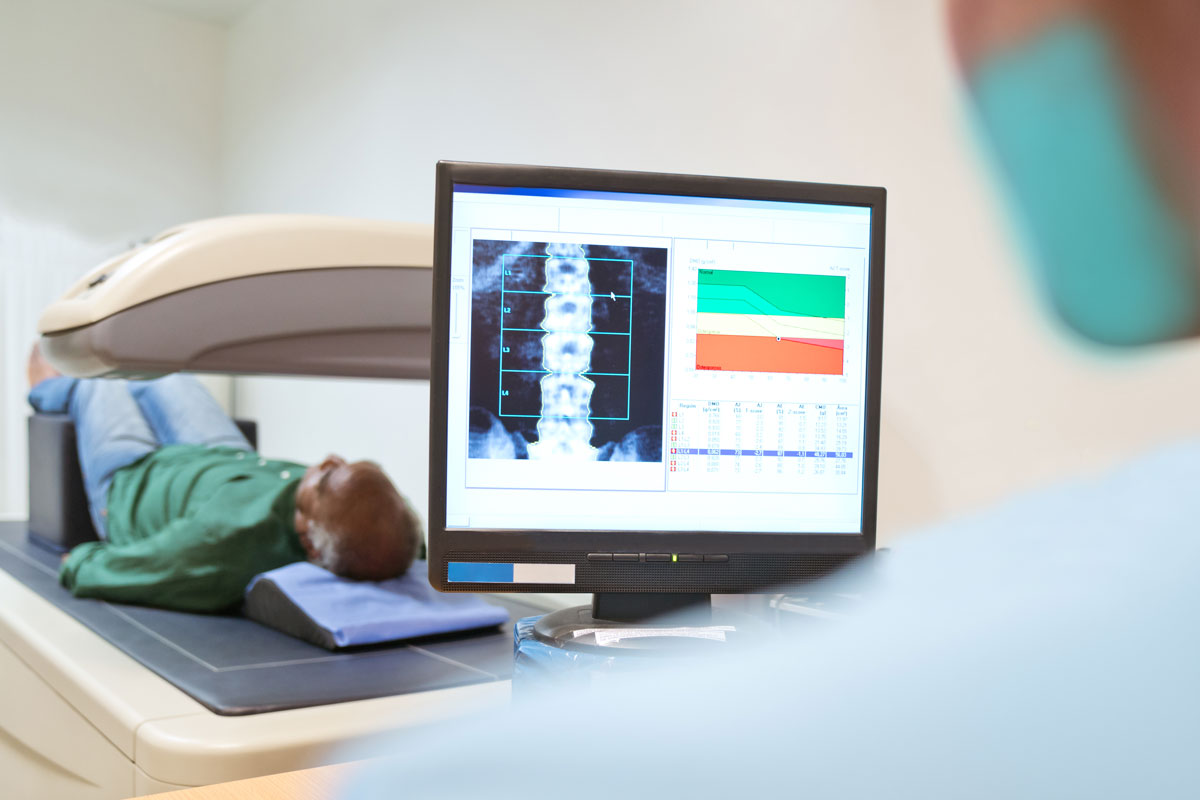Preventing Osteoporosis It’s Never Too Late to Start Now

Preventing Osteoporosis: It’s Never Too Late to Start Now
As we enter our 40s and 50s, maintaining bone health becomes increasingly important. Osteoporosis, a condition characterized by low bone mass and increased risk of fractures, affects millions of Americans. However, it’s never too late to take action and protect your bones. This article will provide you with practical strategies to prevent osteoporosis and maintain strong, healthy bones well into your later years.
Understanding Osteoporosis
Osteoporosis is a silent disease that weakens bones, making them more susceptible to fractures. In the United States, it’s estimated that 10.2 million adults have osteoporosis, while another 43.4 million have low bone mass, putting them at increased risk .6. The prevalence of osteoporosis has been steadily increasing, particularly among women. Between 2007-2008 and 2017-2018, the prevalence of osteoporosis in women aged 50 and over rose from 14.0% to 19.6% .5.

Why Prevention Matters
Preventing osteoporosis is crucial, especially for those in the 40-55 age range. This period is often when bone loss begins to accelerate, particularly in women approaching menopause. By taking proactive steps now, you can significantly reduce your risk of developing osteoporosis and experiencing fractures later in life.

Key Strategies for Osteoporosis Prevention
1. Embrace a Bone-Healthy Diet
Nutrition plays a vital role in maintaining strong bones. Here are some dietary guidelines to follow:
Calcium-Rich Foods: Aim for 1000-1200 mg of calcium daily .14. Good sources include:
-
Dairy products (milk, yogurt, cheese)
-
Leafy green vegetables (kale, spinach)
-
Fortified foods (orange juice, cereals)
-
Sardines and other fish with edible bones
Vitamin D: Essential for calcium absorption, aim for 800-1000 IU daily .14. Sources include:
-
Sunlight exposure (15-20 minutes daily, with sun protection)
-
Fatty fish (salmon, mackerel)
-
Egg yolks
-
Fortified foods
Protein: Adequate protein intake supports bone health. Include lean meats, fish, legumes, and dairy in your diet.
Fruits and Vegetables: These foods provide essential nutrients and can help maintain bone density .10.
2. Exercise Regularly
Physical activity is crucial for building and maintaining strong bones. Incorporate the following types of exercise into your routine:
Weight-Bearing Exercises: These activities force you to work against gravity, stimulating bone formation. Examples include:
-
Brisk walking
-
Jogging
-
Dancing
-
Tennis
Strength Training: Resistance exercises help build both muscle and bone strength. Try:
-
Weight lifting
-
Using resistance bands
-
Bodyweight exercises (push-ups, squats)
Balance and Coordination Exercises: These help prevent falls, a major cause of fractures. Consider:
-
Tai Chi
-
Yoga
-
Pilates
Aim for 30-40 minutes of exercise, 4-6 times a week, combining different types of activities .15.
3. Maintain a Healthy Lifestyle
Several lifestyle factors can impact bone health:
Quit Smoking: Smoking is associated with lower bone density. If you smoke, consider quitting to improve your overall health, including bone health .2.
Limit Alcohol Consumption: Excessive alcohol intake can negatively affect bone health. Stick to no more than 14 units of alcohol per week, and avoid binge drinking .2.
Moderate Caffeine Intake: While coffee and tea can be part of a healthy diet, excessive caffeine may affect calcium absorption. Limit intake to 2-3 cups per day .15.
4. Get Adequate Vitamin D
Vitamin D is crucial for calcium absorption and bone health. While sunlight is a primary source, many adults don’t get enough. Consider:
-
Spending 15-20 minutes in the sun daily (with appropriate sun protection)
-
Eating vitamin D-rich foods like fatty fish and egg yolks
-
Taking a vitamin D supplement if recommended by your healthcare provider

5. Consider Hormone Therapy
For women approaching menopause, the drop in estrogen levels can accelerate bone loss. Hormone therapy may be an option to consider:
-
Discuss the potential benefits and risks with your healthcare provider
-
Hormone therapy can help maintain bone density during the menopausal transition
-
It’s not suitable for everyone, so individual assessment is crucial

6. Stay Informed About Your Bone Health
Regular check-ups and screenings can help you stay on top of your bone health:
-
Discuss your osteoporosis risk with your healthcare provider
-
Consider a bone density scan (DEXA) if recommended, especially if you’re over 65 or have risk factors .12
-
Be aware of your family history, as genetics can play a role in osteoporosis risk
Success Story: It’s Never Too Late to Start
To illustrate the power of prevention, let’s look at a recent study involving middle-aged individuals. A 3-month modified basketball exercise program was implemented for adults aged 40-55. The results were impressive:
-
Participants significantly increased their flexibility (17-75%)
-
Static balance improved by 45-55%
-
Strength in lower limbs and trunk increased by 11-13%
-
Blood pressure decreased by 7-12% .1
This study demonstrates that even short-term, targeted exercise programs can have substantial benefits for bone and overall health in middle-aged adults.

Practical Tips for Incorporating Bone Health into Your Daily Life
-
Start Your Day Right: Include a calcium-rich breakfast, such as Greek yogurt with almonds and berries.
-
Take the Stairs: Opt for stairs instead of elevators to incorporate more weight-bearing activity into your day.
-
Desk Exercises: If you have a desk job, set reminders to do quick strength exercises like desk push-ups or standing squats.
-
Lunchtime Walks: Use your lunch break for a brisk 15-20 minute walk.
-
Evening Routine: End your day with gentle stretching or yoga to improve flexibility and balance.
-
Meal Planning: Plan your weekly meals to ensure you’re getting a variety of bone-healthy nutrients.
-
Supplement Smartly: If you struggle to get enough calcium or vitamin D through diet alone, consider supplements after consulting with your healthcare provider.
-
Stay Hydrated: Proper hydration supports overall health, including bone health.
-
Mindful Posture: Pay attention to your posture throughout the day, especially if you spend a lot of time sitting.
-
Social Exercise: Join a dance class or sports team to make bone-healthy exercise more enjoyable and social.

The Future of Osteoporosis Prevention
Research in osteoporosis prevention is ongoing, with promising developments on the horizon. A recent study explored the use of mobile technology to promote sustained lifestyle changes for preventing type 2 diabetes, an approach that could be adapted for osteoporosis prevention .3. As we look to the future, personalized prevention strategies based on genetic and lifestyle factors may become more common, allowing for more targeted and effective interventions.

Conclusion
Preventing osteoporosis is a lifelong journey, but it’s never too late to start. By incorporating bone-healthy habits into your daily routine, you can significantly reduce your risk of osteoporosis and related fractures. Remember, small changes can lead to big results over time. Whether it’s adding more calcium-rich foods to your diet, starting a new exercise routine, or simply being more mindful of your bone health, every step counts.
As you navigate your 40s and 50s, make bone health a priority. Your future self will thank you for the strong foundation you’re building today. Stay informed, stay active, and stay committed to your bone health. After all, strong bones are the framework for an active, independent, and fulfilling life as you age.











